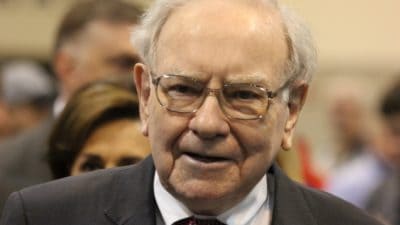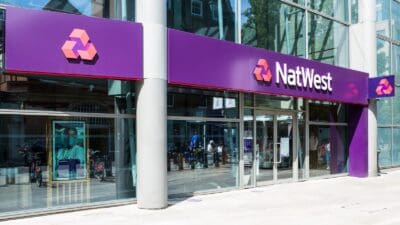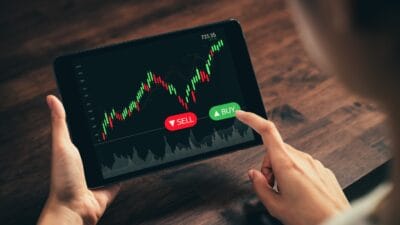Shares of consumer goods giant Unilever (LSE: ULVR) edged higher this morning, after the group reported first-quarter growth ahead of its markets.
Underlying sales rose by 2.9%, or by 3.4% excluding the group’s spreads business, which is up for sale. The value of Unilever’s focus on emerging markets was confirmed with underlying sales growth of 6.1% in these regions.
As promised following the Kraft Heinz bid approach, the dividend has been increased by 12%. The first-quarter payout will rise to €0.3585 per share, or about 30p at current exchange rates. Unilever normally pays four equal dividends each year, suggesting a full-year payout of about 120p per share is likely. That’s equivalent to a yield of about 3%.
The elephant in the room
Today’s figures are published against the backdrop of that recent bid proposal received from US rival Kraft Heinz. Unilever can’t afford a poor set of results at the moment. Kraft and other potential bidders are likely to be watching closely for any signs of weakness.
In an effort to boost the share price and fend off further approaches, Unilever has already committed to buy back €5bn of its own shares this year. Doing so will require the group to increase its net debt to roughly two times earnings before interest, tax, depreciation and amortisation (EBITDA).
This is still only a moderate level of debt for Unilever, given the group’s 17.9% return on invested capital and its stable free cash flows. But like me, many long-term shareholders choose to own this stock precisely because it’s conservatively financed and targets long-term growth over short-term gains.
Paul Polman, the long-serving chief executive, reiterated his support for the group’s “long-term sustainable compounding growth model” in today’s statement. But in my view the firm’s need to fend off potential bidders has increased the downside risk for investors.
Is £40 the ceiling?
Unilever shares have risen pretty steadily from 1,100p in 2005, to almost 4,000p today. That’s an increase of 250% in 12 years, on top of which shareholders have received generous dividends.
The group is confident of delivering underlying sales growth of 3%-5% this year and expects its operating margin to rise by at least 0.8%. These are impressive figures, but with the shares trading on a 2017 forecast P/E of 22.3, I’d argue that this good news is already in the price.
It’s easy to argue that the quality of Unilever’s business deserves a premium price tag. But it’s worth noting that at 3%, Unilever’s forecast dividend yield is about 20% lower than the 3.8% yield on offer from the FTSE 100. How much lower will investors want this yield to go?
Current forecasts suggest that Unilever’s profits will rise by 14% in 2017 and by about 8% in 2018. That’s significantly higher than the average rate of 4.4% seen over the last five years.
In my view, the firm’s unspoken target of keeping its shares above £40 is only realistic if this higher rate of profit growth can be sustained. I’m not sure how realistic this goal is. I’m holding my shares for now, but I won’t be buying more at current levels.







